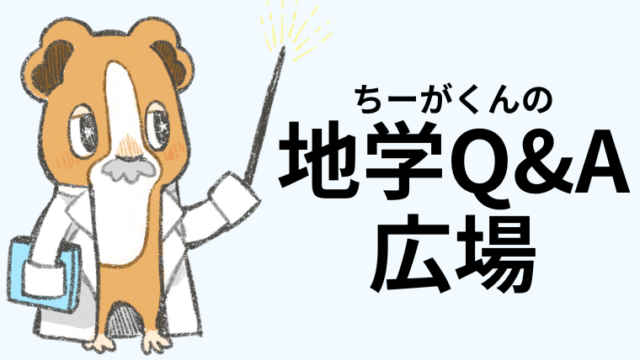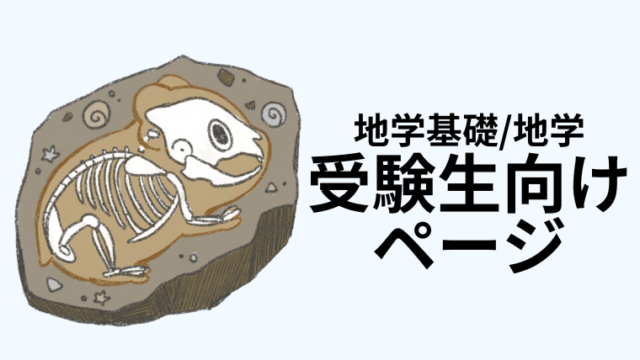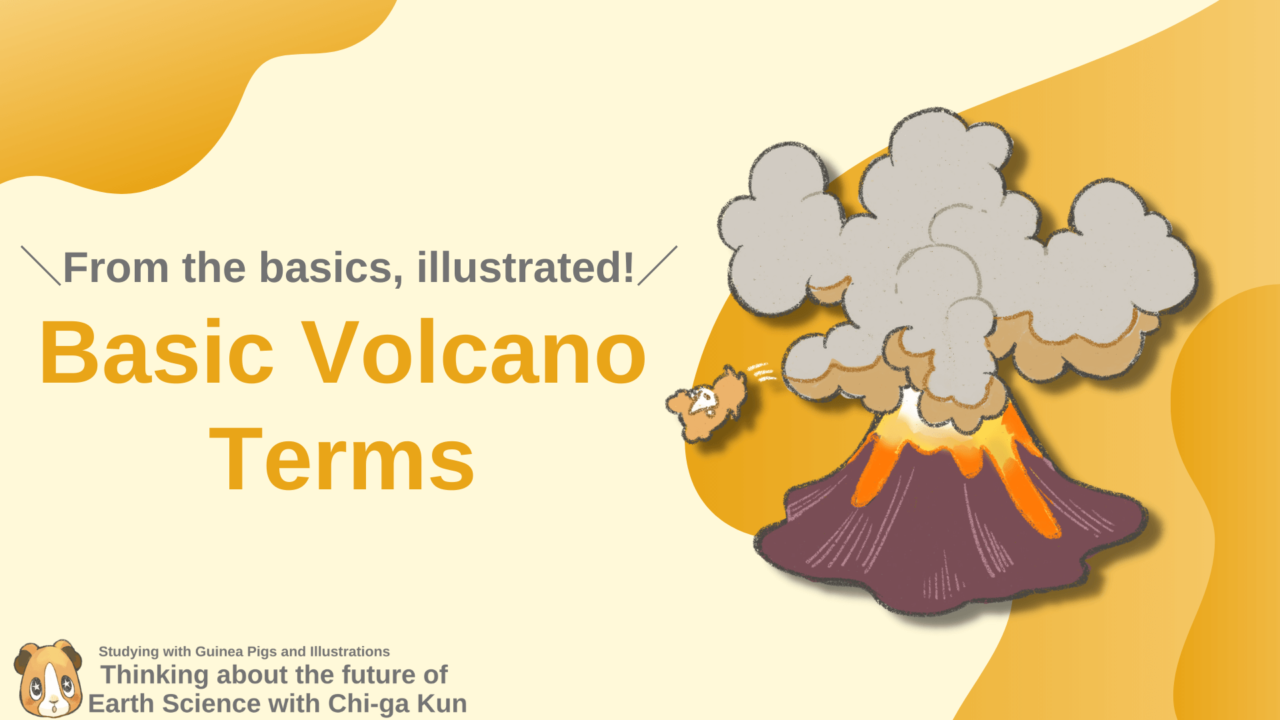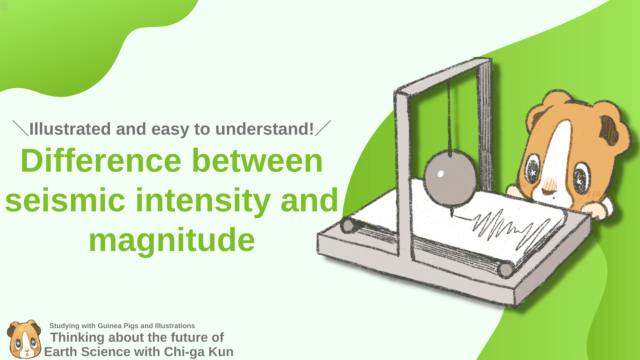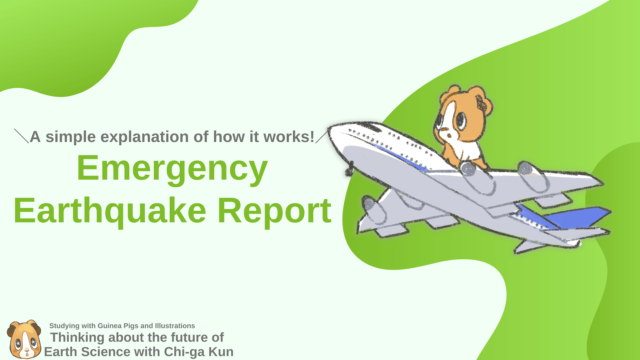スポンサーリンク
Chi-ga kun
Hakase! Today I would like to know about volcanoes, but…
Hakase
What’s the matter?
Chi-ga kun
I don’t know it from the basic terms in my volcano introduction…
Hakase
I see! Well then, this time I’ll explain the basic terms of volcanoes, right down to the basics!
When you are trying to learn something in a specialized field, if you are missing some basic terms, the hurdle to learn becomes higher at once, doesn’t it?
To lower that hurdle, let’s start with the basic terms!
This time, let’s learn about the basic terms of volcanoes with the guinea pigs!
スポンサーリンク
Difference between Magma and Lava
Hakase
By the way, do you know about the difference between magma and lava?
Chi-ga kun
Eh? Aren’t they the same thing?
Hakase
That’s not true. Let me start with a definition of magma. Magma is the melted and molten state of the plates beneath the Earth’s surface.

Chi-ga kun
A plate is a sheet of rock that covers the surface of the earth,right?
Hakase
Right. As shown in this figure, an oceanic plate is sinking under a continental plate, and magma is generated when part of the oceanic plate melts!
Chi-ga kun
What is the difference from lava?
Hakase
Lava is magma that has appeared on the surface of the earth and has cooled and solidified.

Chi-ga kun
I see! So they change their names when they appear on the surface!
Hakase
That’s right.
The area in the image where magma is accumulating is called a magma reservoir. Let’s also keep this in mind.
The area in the image where magma is accumulating is called a magma reservoir. Let’s also keep this in mind.
What are volcanic ejecta?
Hakase
Next, let me explain about volcanic ejecta.
Volcanic ejecta is a general term for materials produced by volcanic eruptions.
Volcanic ejecta is a general term for materials produced by volcanic eruptions.
Chi-ga kun
What exactly are volcanic ejecta?
Hakase
I put it all together below!

Hakase
The typical ones are volcanic bombs, volcanic ash, and pumice.
Let’s keep these three in mind for now.
Let’s keep these three in mind for now.
Chi-ga kun
We often see volcanic ash accumulating in areas where eruptions have occurred on the news!
What is volcanic gas?
Hakase
The volcanic ejecta I have introduced so far are all solid, but there are also gaseous volcanic ejecta. That is volcanic gas!
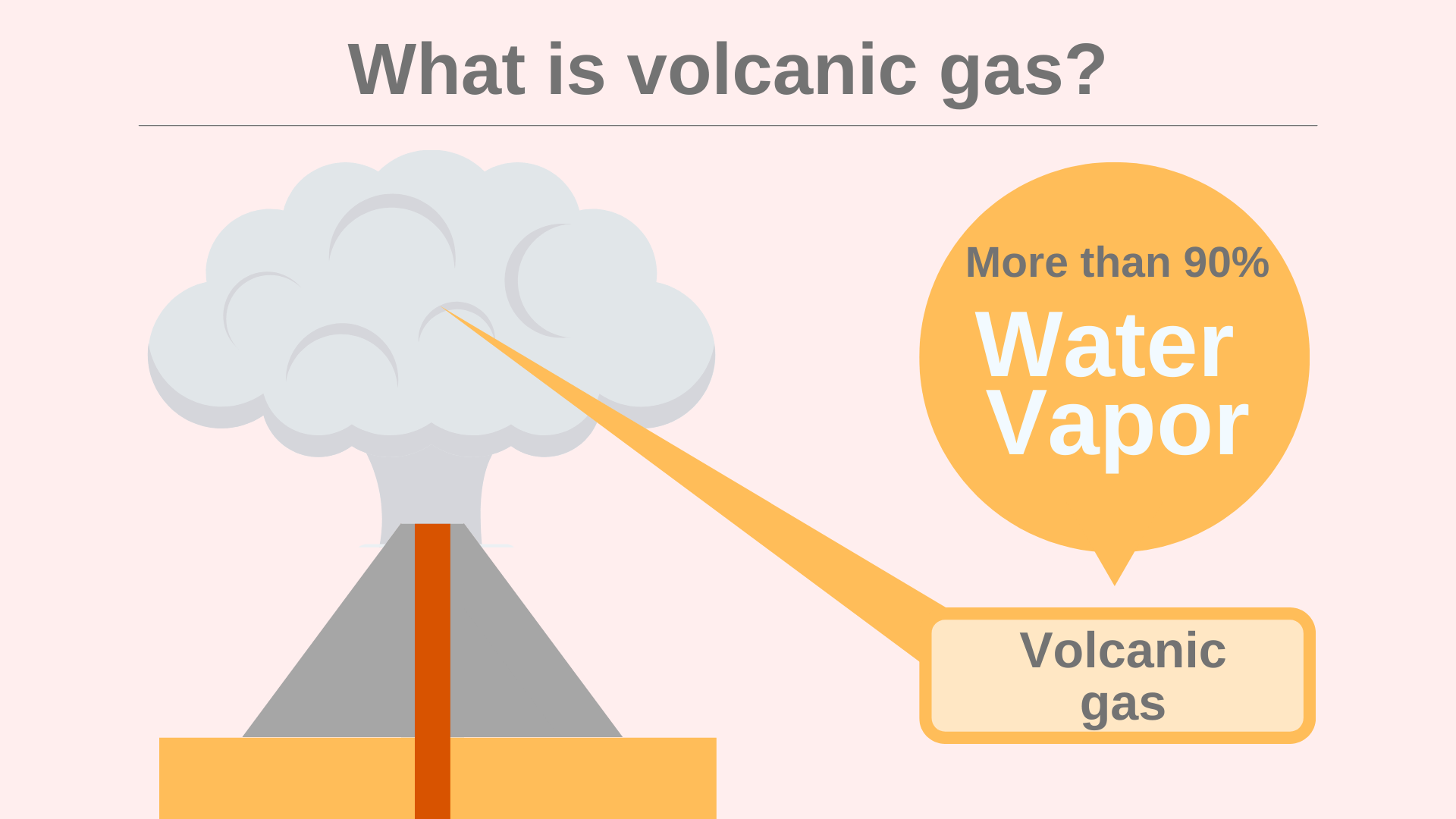
Chi-ga kun
You know, the one that’s coming out of the mouth of a volcano!
Hakase
Yes, it is.
The point is that more than 90% of the volcanic gases are water vapor!
The point is that more than 90% of the volcanic gases are water vapor!
Chi-ga kun
I always thought being near a volcano would be full of something more harmful, since it smells so terribly like sulfur!
Hakase
Of course, it’s not just water vapor, but also carbon dioxide, sulfur dioxide, and other harmful stuff.
Summerly
Hakase
In this article, I have explained the basic terms of volcanoes, starting from the basics. Just knowing these basic terms like this will really lower the hurdle for future learning!
Chi-ga kun
If I don’t have the basic terminology in there, I won’t be able to understand it well afterwards! I will review thoroughly and continue my study of volcanoes.
Hakase! Thank you so much for today!
Hakase! Thank you so much for today!
Thank you for reading to the end!
スポンサーリンク

